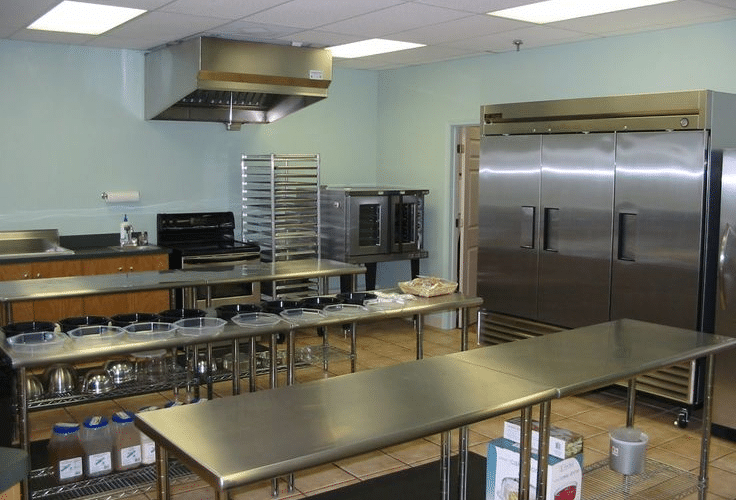Finding the correct bakery equipment to furnish your commercial bakery may be a complex undertaking. It’s critical to consider what you want to make and how much you want to produce since this information will impact the particular pieces of hardware you should buy. Whether you choose to start a new business, grow an established one, or consider replacing some outmoded or aged equipment, you’ll need to get the correct equipment such as the best oven for the bakery to get even more bang for your buck.
What exactly is an oven?
An oven is a sealed cavity or tube in which dough or batters is baked and turned into loaves of bread, brownies, or other items in the presence of a heated environment.
- Ovens employ energy generating sources like fuel generated heat, including oil or natural gas, or electrical power, to bake the items.
- Radiation, conductivity, and circulation transmit and release usable energy from these resources to the goods.
- The furnace develops and maintains the suitable thermal gradient, moisture, and operating temperatures to cook and remove water from the commodities.
Origin
The original oven model, featuring a stone floor or domed structure, has been around for quite a long time. The Egyptians were the first to use a constructed oven cavity made of clay. The lower half served as a furnace, where dry firewood and coal were burnt. The baking compartment was located in the upper portion, reachable from the front. Several hundred years later, the Roman Empire developed finer-tuned ovens with superior baking performance and affordability. Within the bakery, brick wall furnaces were built, with heat-stable components for the roasting chamber and other high-temperature-resistant elements to seal the oven and retain the warm atmosphere for extended periods. Such ovens were initially powered by burning wood within the enclosure, cleaning the ashes, and placing the dough/batter portions inside to bake.
Ovens of various types
Oven for the bakery can be categorised as traditional batch gear, employing overt or covert heat exchange techniques, based on their type of functioning and heat transfer method.
Direct-fired oven (DFO)
DFOs generate heat and cook items by combusting fuel within the baking container. Inside a direct gas-fired furnace, heat is transferred chiefly by radiation from the fire (strip burners set along each oven belt) from the baking area’s top, bottom, and sidewalls. Direct-fired furnaces are particularly efficient since they use most of the energy to heat and prepare the items, reducing fuel consumption and operational expenses.
Oven with indirect heating (IFO)
IFOs use exchangers to heat the cooking compartment indirectly. Because the remnants remain inside the thermal storage structure and do not fall into direct contact with the bread pieces, this oven is excellent for delicate bakery goods (e.g., cakes, pastries). This avoids the potential contaminants and off-odour insemination in the items. Because of constrained heat transfer and cost-effectiveness, this kind of oven is less commonly utilised nowadays.
Oven (electric)
Electric furnaces and DFOs have comparable structural elements and use a similar heat transmission system for baking the items. Instead of the typical gas burners seen in DFOs, this kind of oven employs electrical resistance values. Due to their high energy consumption and per-kWh expenses, electric-fired furnaces have limited application in the baking business. They also confront scaling-up issues that necessitate more research and industrial use.
Oven hybrid
Hybrid furnaces merge the three heat transmission modes and benefit from their synergistic effect on items. Because this sort of furnace’s structure, control mechanisms, and energy sources are too complicated to be operated manually, it typically necessitates a high level of automation.
Ellen Hollington is a freelance writer who offers to ghostwrite, copywriting, and blogging services. She works closely with B2C and B2B businesses providing digital marketing content that gains social media attention and increases their search engine visibility.

